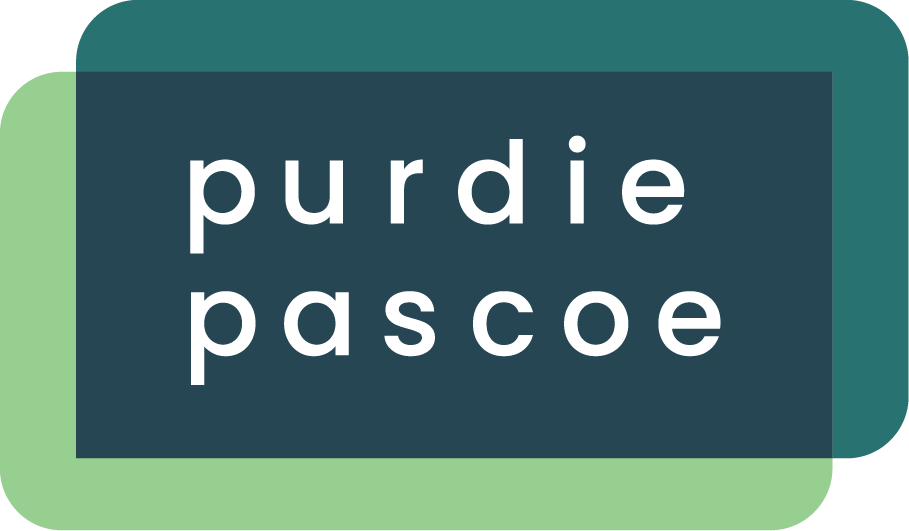Conjoint – introducing BWC2
One of the key aims for market researchers is to help our clients truly understand how their customers make decisions, and to identify and ideally quantify the most important choice drivers. Conjoint is one of our key tools for doing this.
By Guy Pascoe, Director
Conjoint is, as anyone reading this will likely know, a handy catch-all term for a whole family of exercises which aim to make sense of the messy business of human decision-making.
Take a seemingly simple decision like choosing a chocolate bar. Obvious primary drivers include flavour, size and cost, but a whole lot of other factors may have varying levels of influence on potential buyers: sugar content, calories, ethical credentials etc. All of these considerations jostle for position, some at the conscious surface of the process, others at work deeper down. It would be pretty difficult to describe how you reached a decision – if pressed you’d likely identify the top one or two drivers, but struggle to quantify their relative importance.
Conjoint does the hard work for you: you’re presented with a carousel of choices, and all you have to do is pick the ones you prefer. The clever stuff happens behind the scenes, as your preferences are extrapolated to reveal the relative importance of the myriad attributes.
The most important first step is to identify the most appropriate type of conjoint to use. First, some basic nomenclature: the building blocks of conjoint are attributes (e.g. ‘cost’ or ‘size’) and levels (e.g. ‘$3’ or ‘100g’).
Two variations that we use regularly are DCM (Discrete Choice Modelling) and MaxDiff (Maximum Difference). They sit at different ends of the spectrum:
MaxDiff allows us to test a high number (30+) of attributes, by presenting a series of lists and asking respondents to place the items on each list in order of importance; it is generally used relatively early in the product development cycle, to help R&D determine the most important attributes
DCM asks respondents to choose between a variety of fully-formed products, each with multiple attributes containing varying levels; DCM is typically used later in the product design process for fine-tuning – for example, the MaxDiff may show that fuel efficiency is key driver of car choice, but DCM will show the relative impact of 40 vs 50 miles per gallon; pricing is usually another key element (and sometimes the main aim) of a DCM
Over the last couple of years, Purdie Pascoe – in conjunction with The Stats People, our wonderful stats partner – have started using a new variation of conjoint called Best Worst Case 2 – or BWC2 to its friends. We usually deploy BWC2 when the main goal is to understand what is driving choice, rather than to measure share.
With BWC2, different levels of different attributes can be traded off directly, for example going back to our chocolate bar analogy, $3 vs 100g. Unlike in DCM, all of the ‘attribute levels’ are placed on the same scale and can be directly compared. This prevents one attribute from dominating the model, which can often happen if efficacy, or something that can be interpreted as a surrogate for efficacy, is included.
Like MaxDiff, the actual task is very respondent-friendly – they just have to select the most and least important items from a series of lists. Also like MaxDiff, the main disadvantage is that it can’t be used to simulate complete products - but BWC2 can potentially be fused with other data to simulate this.
These different types of conjoint will help you understand what really drives decision making, and what you need to do to influence it. For more information on any of these techniques, feel free to contact me at guy.pascoe@purdiepascoe.com.

